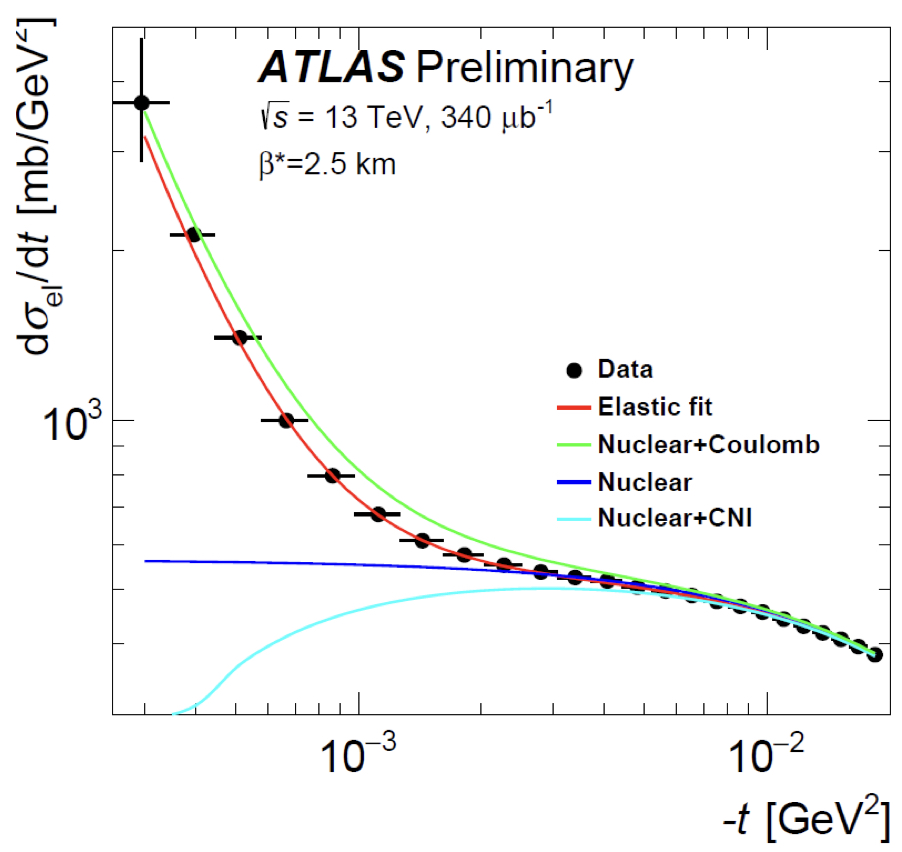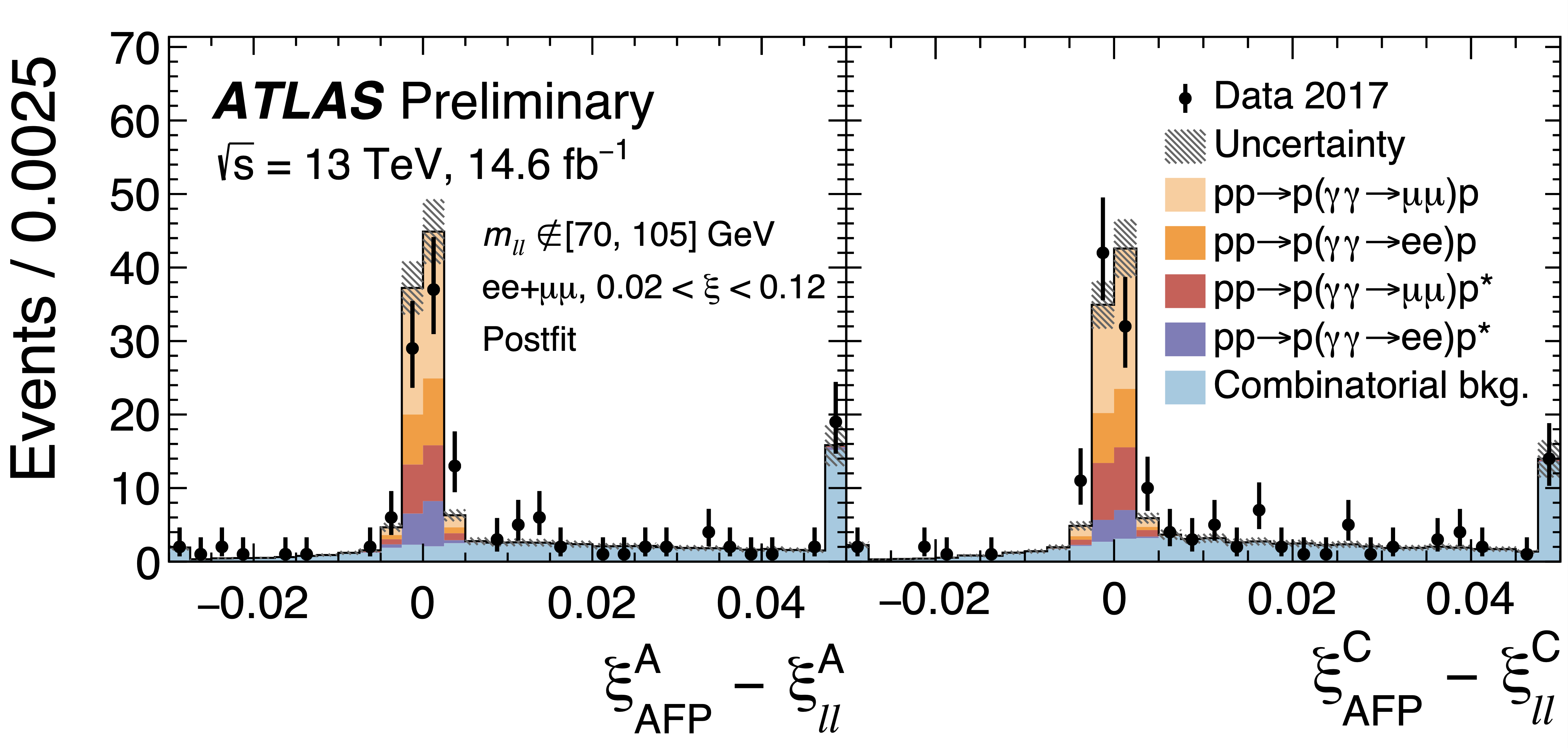One week to do it all – Day 2: Elastic data-taking
17 February 2016 | By
No time to waste after the alignment. We had moved the detectors to about 2.8 mm from the beam, but the rates of particles passing the detectors indicated a very high background (mainly particles from the beam halo) so we decided to move the detectors out to about 3.5 mm. Now it was time for data taking. Since the detectors were so close to the beam, the LHC could not declare “Stable Beam”. Therefore ATLAS was prepared to manually override the normal safety feature, which only allows the tracking detectors to be powered fully once the LHC declares “Stable Beam”. Tracking detector experts were standing by in the ATLAS control room and my call to the ATLAS shift leader triggered them to override the normal safety procedure and power up the detectors fully. After only a few minutes of ramping the voltage of the ATLAS inner detectors, ALFA was taking data.
The trigger setup – which basically selects which events to store – worked great and all the important events could be stored (read this blog post to learn more about the ATLAS Trigger). ATLAS even had bandwidth left over so that all the requests were satisfied; the rates were lower than expected and all the events could be taken. This, however, had to be fine-tuned, so I helped the trigger expert to figure out which type of event needed which pre-scale before being stored.

The main purpose of data taking was “Elastic Physics”. Usually we study physics from protons colliding head-on (inelastic) as this is what can potentially make Z bosons, Higgs etc. that can be observed in the central ATLAS detector. However a large number of the protons do not collide head-on. Instead some of them just barely collide and bounce away intact; what we call an elastic collision. They get a small push perpendicular to the beam and can leave the beam envelope where they are detected by ALFA; the closer the detector to the beam, the better the physics. This is why the ALFA detectors need to be aligned and moved so close to the beam. A lot of information is obtained by measuring the rates versus the production angle of these elastic events, such as how likely it is to get a collision and how many collisions have happened per unit of time and surface. ALFA’s design goal is to measure these quantities normally referred to as “total cross section” and “absolute luminosity”.
The next hours were spent looking at the online monitor (see image). Are all the channels giving data, are the triggers working correctly, and are the rates stable or do we need to re-optimize the trigger setting, etc…?
After about two hours of running, a synthetic voice said the words we feared: “Dump beam1, dump beam2”. The beam was lost and, after a few minutes of digging, the LHC operators found the reason: an earth fault on a magnet.
Access was needed to fix it. It is always hard to predict how long that can take, but at least several hours. It was now Tuesday morning at 7:30 and I still had not slept since the start of the program. I called the ATLAS control room and ATLAS Run Coordination to give the update: “good data taking so far, but we need more time to get enough elastic data”.
After a few hours of sleep, I received a call saying the LHC was repaired and getting ready to fill again. I rushed to the CERN Control Centre where I found there was a rather relaxed atmosphere and it was clear that the next beam injection was still some time away. That gave me a chance to hear what happened during the day and to learn of one particular thing that was really not good: during the day, when experts had looked into the LHC settings of the night, they realized that the beams had been crossing at an angle in ATLAS. This is something needed when LHC uses many bunches, but for the elastic program it is really not nice as it complicates how to measure the angles of the elastic scattered protons. Good thing it was discovered! Action was taken to have the next fill without the crossing angle; in the end, we were actually happy that the beams were dumped in the morning.
Around 16:00 the LHC finally injected beam again. It went relatively smoothly and at 19:20 we inserted the ALFA detectors to the same positions as the fill before. The trigger rates were similar to the fill before. A call to the ATLAS control room triggered the ramp-up of the inner detectors and we were back in data-taking mode.
The next few hours were once again spent checking that all the online monitor looked good. No problems. I got a call from the LHC physics coordinator and we agreed that the ALFA elastic data taking would continue until midnight.
We continued monitoring and everything went smoothly for the entire evening. The elastic data-taking had been a huge success and essentially ended that second day.
To be continued…




